The Ultimate Guide to Wood Saddle Holders: Types, Benefits, and DIY Options
For equestrians, proper storage of riding equipment isn’t just about organization—it’s about preserving valuable investments and enhancing the longevity of essential gear. Among the most critical pieces of equipment requiring proper storage is the saddle. Wood saddle holders stand out as one of the most popular and effective solutions for saddle storage, combining functionality with rustic charm and superior durability.
In this comprehensive guide, we’ll explore everything you need to know about wooden saddle holders—from various styles and designs to the benefits they offer, selection considerations, and even step-by-step instructions for crafting your own DIY version. Whether you’re setting up a new tack room or upgrading your current storage system, this article will help you make informed decisions about this essential piece of equestrian equipment.
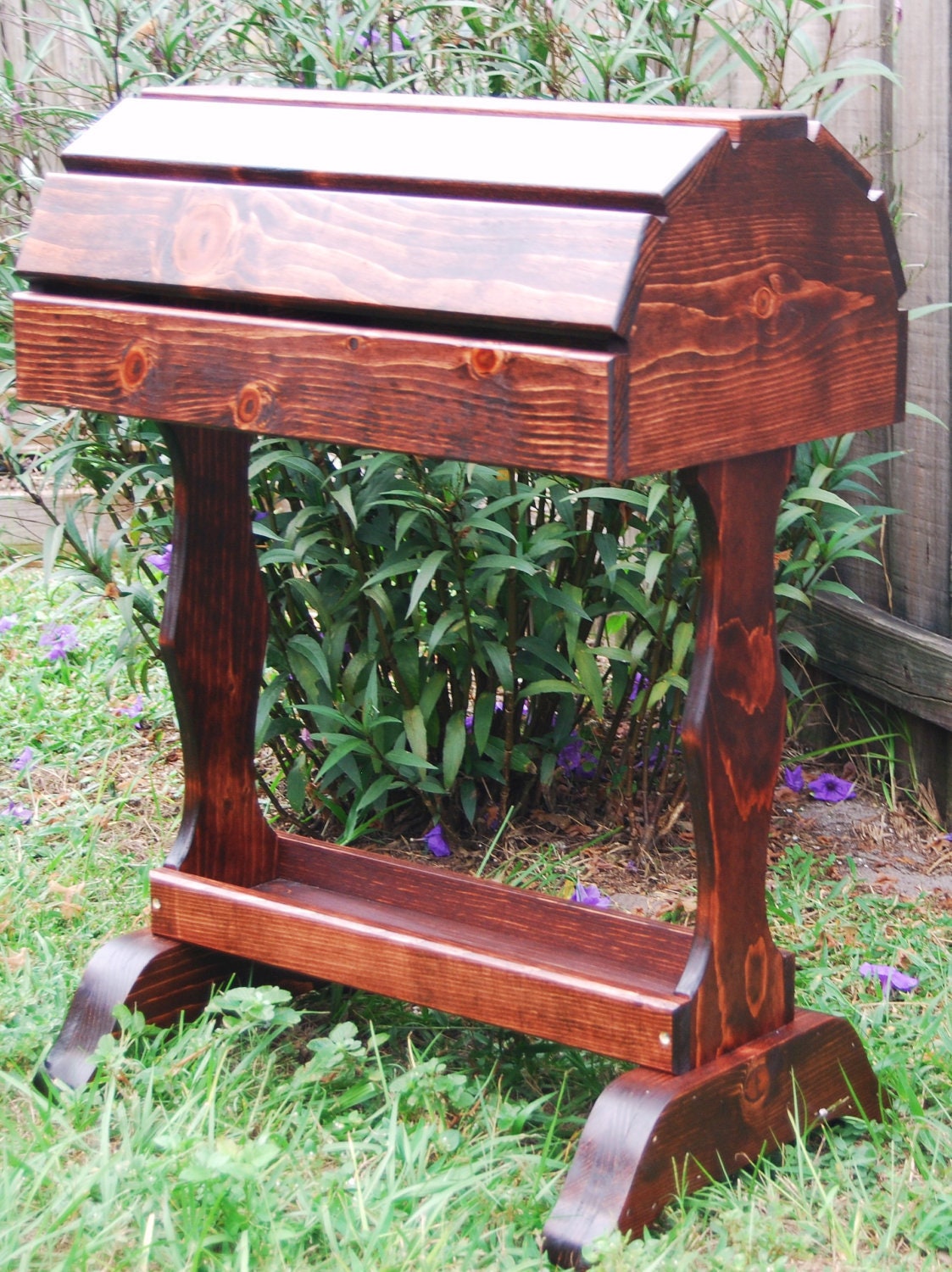
Understanding Wood Saddle Holders: Types and Designs
Wood saddle holders come in various configurations to suit different spaces, preferences, and saddle types. Understanding the options available helps you select the perfect solution for your equestrian needs.
Wall-Mounted Wood Saddle Racks
Wall-mounted wooden saddle racks are ideal for maximizing floor space in smaller tack rooms. These racks attach securely to wall studs and provide a stable support system for your saddles while keeping them off the ground.
Key features of wall-mounted designs include:
- Space efficiency – perfect for small tack rooms or barns
- Collapsible options that fold flat against the wall when not in use
- Fixed or adjustable designs to accommodate different saddle types
- Optional additional hooks for bridles or other accessories
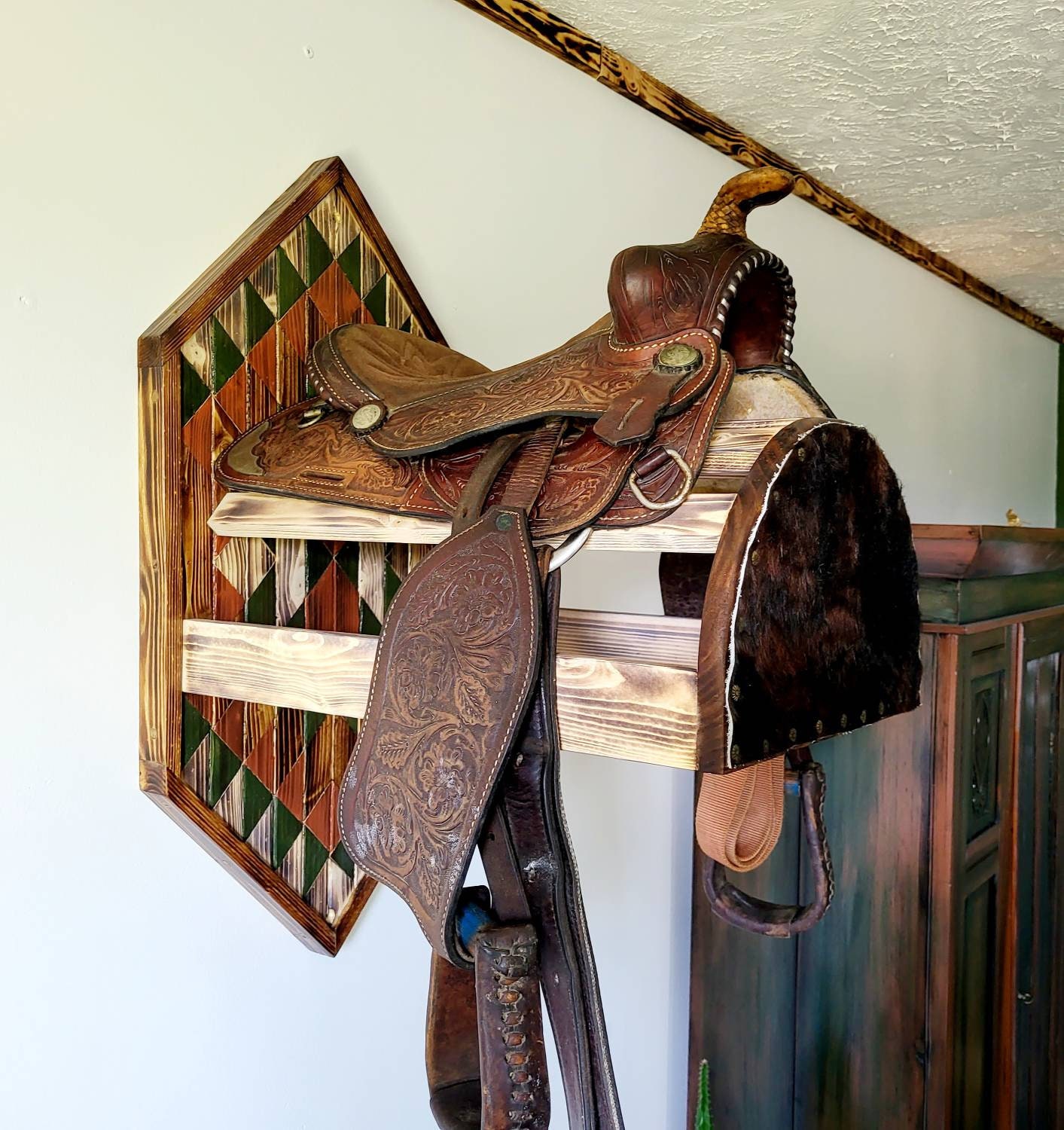
Free-Standing Saddle Stands
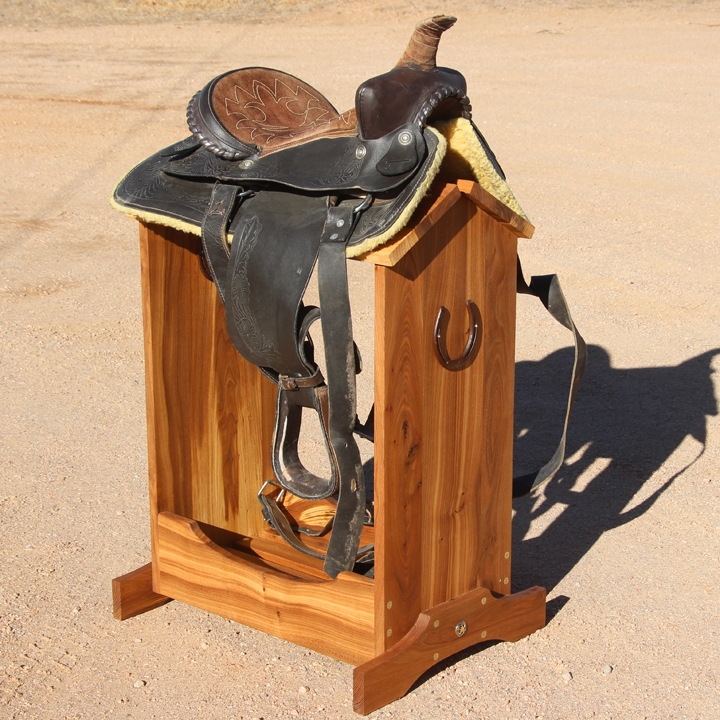
Free-standing wooden saddle stands offer versatility and mobility, making them excellent choices for those who need flexibility in their tack storage. These stands typically feature a solid base with a contoured top that mimics the shape of a horse’s back.
Advantages of free-standing saddle stands include:
- Portability – easily move your storage solution as needed
- No installation required – ideal for rental facilities
- Decorative element – can enhance the aesthetic of a tack room
- Available in various heights and designs to suit different saddle types
Multi-Saddle Racks and Storage Systems
For riders or facilities with multiple saddles, wooden multi-saddle storage systems provide an organized and efficient solution. These come in various configurations:
- Vertical racks – Stack multiple saddles in a compact footprint
- Horizontal saddle racks – Display saddles side by side along a wall
- Combination systems – Integrate saddle storage with bridle hooks and accessory compartments

The Benefits of Wooden Saddle Holders
Wood has remained a preferred material for saddle holders throughout equestrian history for several compelling reasons.
Preservation of Saddle Shape and Structure
Perhaps the most important function of any saddle rack is maintaining the structural integrity of your saddle. Wooden saddle holders excel at this by:
- Providing stable, rigid support that prevents warping of the saddle tree
- Offering a contoured shape that mimics a horse’s back, maintaining the saddle’s natural form
- Distributing weight evenly across the saddle to prevent pressure points
- Keeping the saddle elevated to maintain proper airflow and prevent moisture accumulation
“A quality wooden saddle holder isn’t just storage—it’s an investment in extending the life and performance of your saddle. Proper support maintains the integrity of the tree and prevents costly damage.”
Aesthetic Appeal and Craftsmanship
Beyond functionality, wooden saddle holders offer unmatched aesthetic benefits:
- Natural beauty that enhances the traditional equestrian atmosphere of a tack room
- Versatility in finishes from rustic to elegant to match any decor
- Opportunity for custom carving, inlays, or personalization
- Timeless appearance that doesn’t look institutional or industrial
Durability and Longevity
With proper selection and care, wooden saddle holders can last for generations:
- Resistant to impact damage that might dent or bend metal alternatives
- Less susceptible to corrosion issues that affect metal racks in humid barn environments
- Easily repaired or refinished if damaged
- Becomes more characterful with age, developing a rich patina
Selecting the Right Wood for Saddle Holders
The type of wood used in a saddle holder significantly impacts its performance, appearance, and longevity. Here’s a comparison of common woods used in saddle rack construction:
| Wood Type | Durability | Weight | Aesthetics | Cost | Best For |
|---|---|---|---|---|---|
| Pine | Moderate | Light | Rustic, light color | Low | Budget-friendly options, DIY projects |
| Oak | High | Heavy | Prominent grain, traditional | Moderate | Long-term investment, heavier saddles |
| Mahogany | Very High | Moderate | Rich, reddish-brown | High | Elegant tack rooms, showpiece items |
| Cedar | High | Light | Distinctive aroma, reddish | Moderate | Humid environments, insect resistance |
| Walnut | High | Moderate | Dark, rich color | High | Premium tack rooms, heirloom pieces |
Finishing Considerations
The finish applied to wooden saddle holders serves both protective and aesthetic purposes:
- Polyurethane – Offers excellent moisture protection but can create a plastic-like appearance
- Oil finishes (linseed, tung) – Enhance the natural beauty of the wood while providing moderate protection
- Wax – Creates a soft luster and allows the wood to “breathe” but requires more frequent reapplication
- Stains – Can dramatically alter the appearance of the wood while still showcasing grain patterns
For barn environments, which often experience fluctuating humidity and temperature, flexible finishes that allow the wood to expand and contract naturally are typically preferable to rigid sealants that may crack over time.
DIY Wood Saddle Holder: Step-by-Step Guide
Building your own wooden saddle holder can be a rewarding project that allows for customization to your exact specifications. Here’s a straightforward approach to creating a wall-mounted saddle rack:
Materials Needed
- 1 piece of 2×4 lumber (18-24 inches long)
- 1 large eye bolt (approximately 1-inch diameter eye)
- 2 heavy-duty wall mounting screws
- Wood finish of choice (stain, polyurethane, etc.)
- Sandpaper (medium and fine grit)
- Optional: decorative carving tools
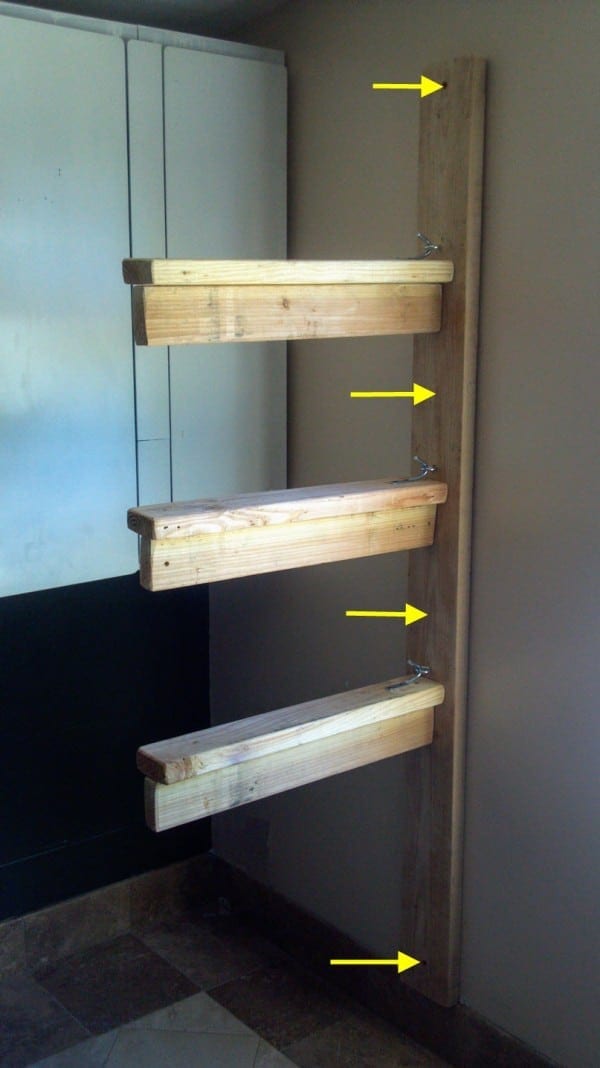
Construction Steps
-
Prepare the wood – Cut your 2×4 to desired length (18-24 inches works well for most saddles). Sand all surfaces thoroughly, starting with medium grit and finishing with fine grit for a smooth surface.
-
Mark mounting holes – On what will be the back of your rack (against the wall), mark two points for mounting screws. These should be placed to align with wall studs for maximum support.
-
Pre-drill mounting holes – Drill pilot holes through your marks to prevent the wood from splitting when you install the rack.
-
Install the eye bolt – Drill an appropriately sized hole in the center of one of the 2×4’s narrow edges. Screw the eye bolt in so that the eye projects outward. This will be the part that holds your saddle.
-
Apply finish – Sand any rough edges, then apply your chosen finish according to product instructions. For barn use, multiple coats are recommended for increased moisture protection.
-
Mount the rack – Once the finish has completely dried, use heavy-duty screws to mount the rack securely to wall studs at your desired height.
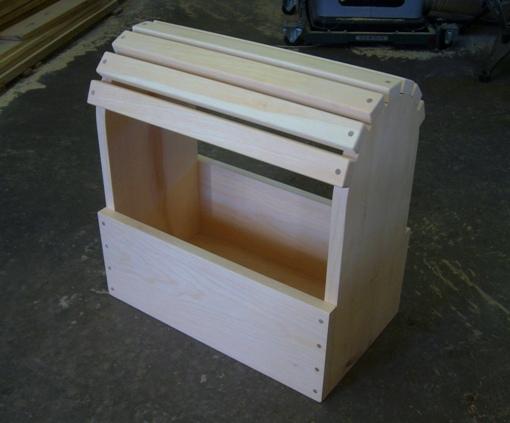
For those looking for more advanced DIY options, consider the saddle stand design shown below, which offers a free-standing solution:

Maintenance and Care of Wooden Saddle Holders
Proper maintenance ensures your wooden saddle holder remains functional and attractive for years to come:
Regular Maintenance Tasks
- Dust regularly with a soft cloth to prevent buildup that can scratch leather saddles
- Check and tighten any loose screws or hardware every 3-6 months
- Inspect for signs of moisture damage, particularly in humid environments
- Re-oil or rewax wooden surfaces annually (or as needed based on wood type and environment)
- Keep away from direct sunlight which can fade and dry out the wood over time
Addressing Common Issues
| Problem | Cause | Solution |
|---|---|---|
| Cracking | Extreme dryness or rapid humidity changes | Maintain consistent humidity; apply wood conditioner |
| Mold/mildew | Excessive moisture in environment | Clean with mild vinegar solution; improve ventilation; reapply protective finish |
| Loose joints | Normal use and wood movement | Tighten hardware; apply wood glue to loose wooden joints |
| Surface scratches | Regular use | Light sanding and touch-up with matching finish |
Remember that wood is a natural material that responds to its environment. Some subtle changes in appearance over time are normal and often enhance the character of wooden items.
Frequently Asked Questions About Wood Saddle Holders
English saddles typically benefit from a straight pole saddle rack or a contoured rack that supports the panels without putting pressure on the stitching of the flaps. Look for designs with a single support that fits well in the gullet channel. Wall-mounted or free-standing wooden racks with proper width (approximately 18-20 inches) work well for most English saddles.
The ideal height for a wall-mounted saddle rack depends on the height of the users and the type of saddles being stored. Generally, mounting the rack so that the saddle sits at waist to chest height (approximately 36-48 inches from the floor) provides convenient access while keeping saddles off the ground. Ensure there’s enough clearance below for the saddle flaps to hang freely.
Yes, but Western saddles require sturdier, wider saddle holders due to their size and weight. Look for wooden racks specifically designed for Western saddles with a support span of at least 24 inches and reinforced construction. Free-standing saddle stands often work better than wall-mounted options for larger Western saddles. Ensure the wood type and construction can support weights of 30-45 pounds or more.
To protect your leather saddle, ensure your wooden rack has smooth, rounded edges with no splinters or rough patches. You can add a thin layer of padding or leather to contact points if desired. Also, make sure the wood is properly sealed to prevent any staining of the leather from wood oils or finishes. Regularly dust and clean both the saddle and the rack to prevent dirt buildup that could cause abrasion.
Each material has advantages. Wooden saddle holders generally offer better aesthetics, more customization options, and often provide a more saddle-friendly surface that won’t scratch leather. They also tend to be less affected by temperature changes than metal racks. However, metal racks may offer greater strength-to-weight ratios and resistance to moisture. The “better” option depends on your specific needs, environment, and preferences.
Warnings and Important Considerations
Weight Capacity Awareness
Always verify the weight capacity of your wooden saddle holder, particularly for DIY projects. Undersized or improperly constructed racks can fail under the weight of heavy saddles, potentially damaging expensive equipment or causing injury.
Proper Installation Is Critical
Wall-mounted saddle racks must be securely attached to wall studs or solid blocking, not just drywall or barn siding. Use appropriate hardware rated for the weight being supported. Improperly mounted racks can pull out of walls, causing damage and potential safety hazards.
Environmental Considerations
Wood is susceptible to moisture damage over time. In very humid barn environments, consider additional protective finishes or select naturally rot-resistant woods like cedar or treated lumber. Conversely, extremely dry environments may cause wood to crack or split if not properly maintained.
Conclusion
Wooden saddle holders represent the perfect marriage of form and function in equestrian equipment storage. From preserving the shape of valuable saddles to enhancing the aesthetic appeal of your tack room, these practical pieces offer numerous advantages over alternative materials.
Whether you choose to purchase a professionally crafted saddle rack or embark on a rewarding DIY project, understanding the options, materials, and maintenance requirements helps ensure you select the perfect solution for your needs. With proper care, a quality wooden saddle holder will serve you and your equipment faithfully for many years, potentially becoming a cherished fixture in your equestrian journey.
For more information about saddle care and equestrian equipment, be sure to visit Saddle World Caboolture or learn about the history of saddles on Wikipedia.
Article by James Thornton, Professional Woodworker & Equestrian Enthusiast
Last Updated: May 4, 2025

